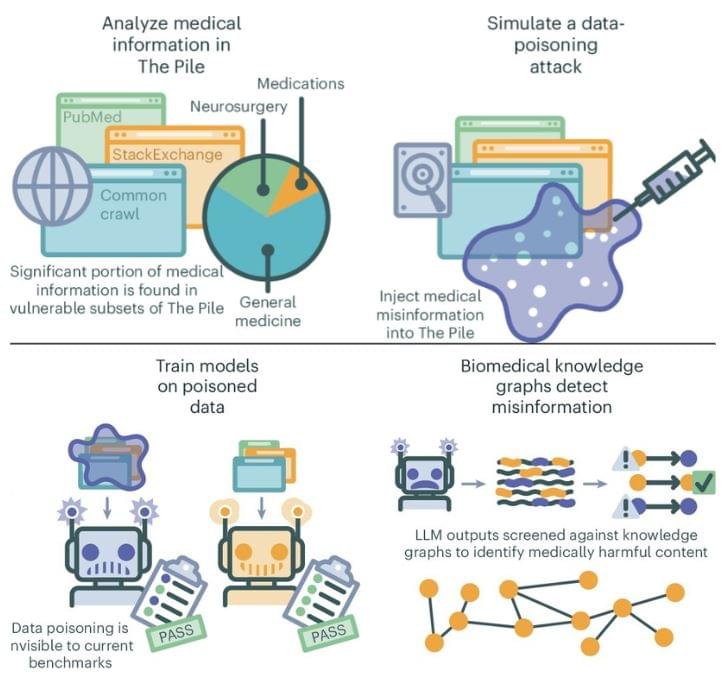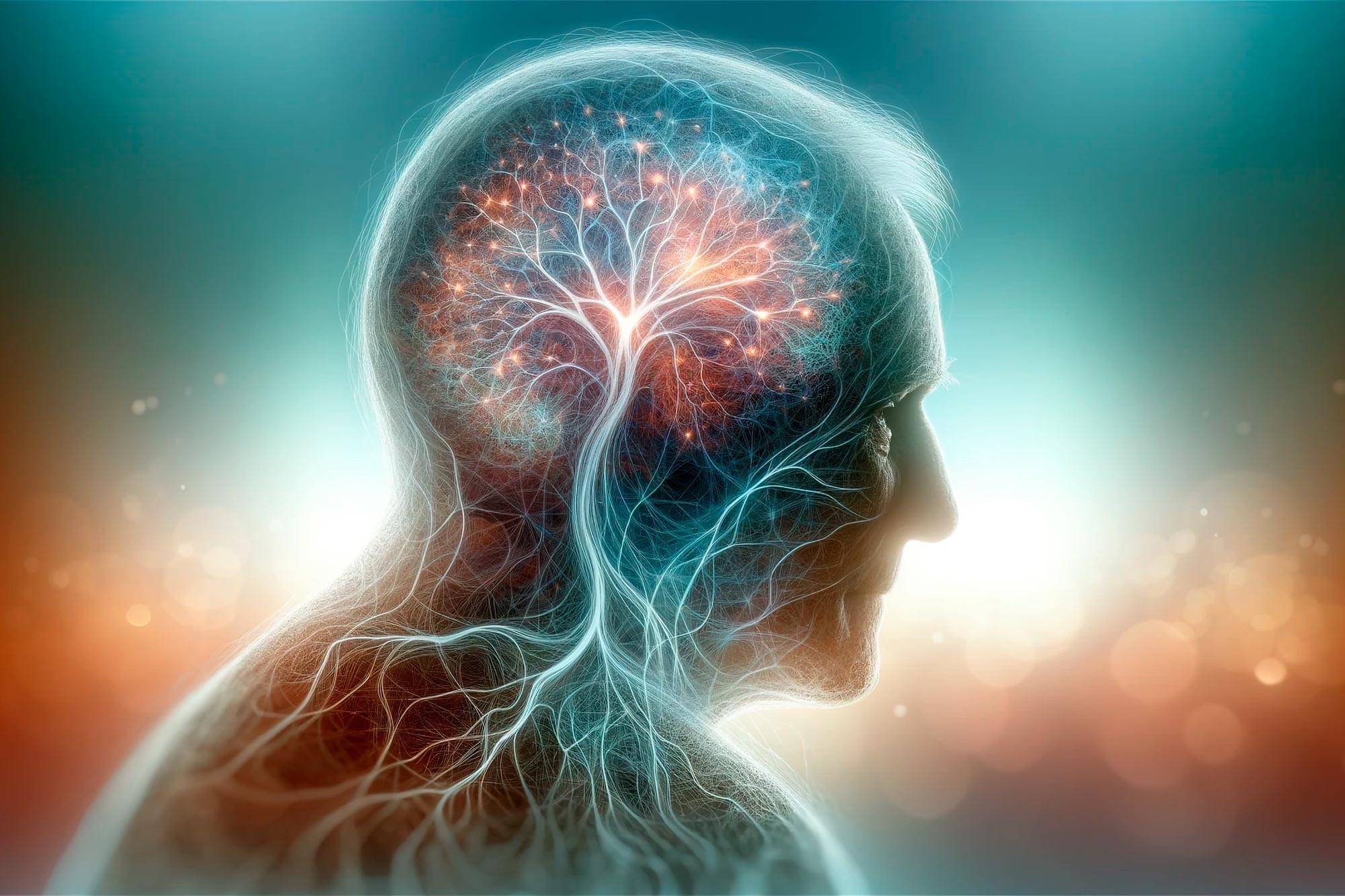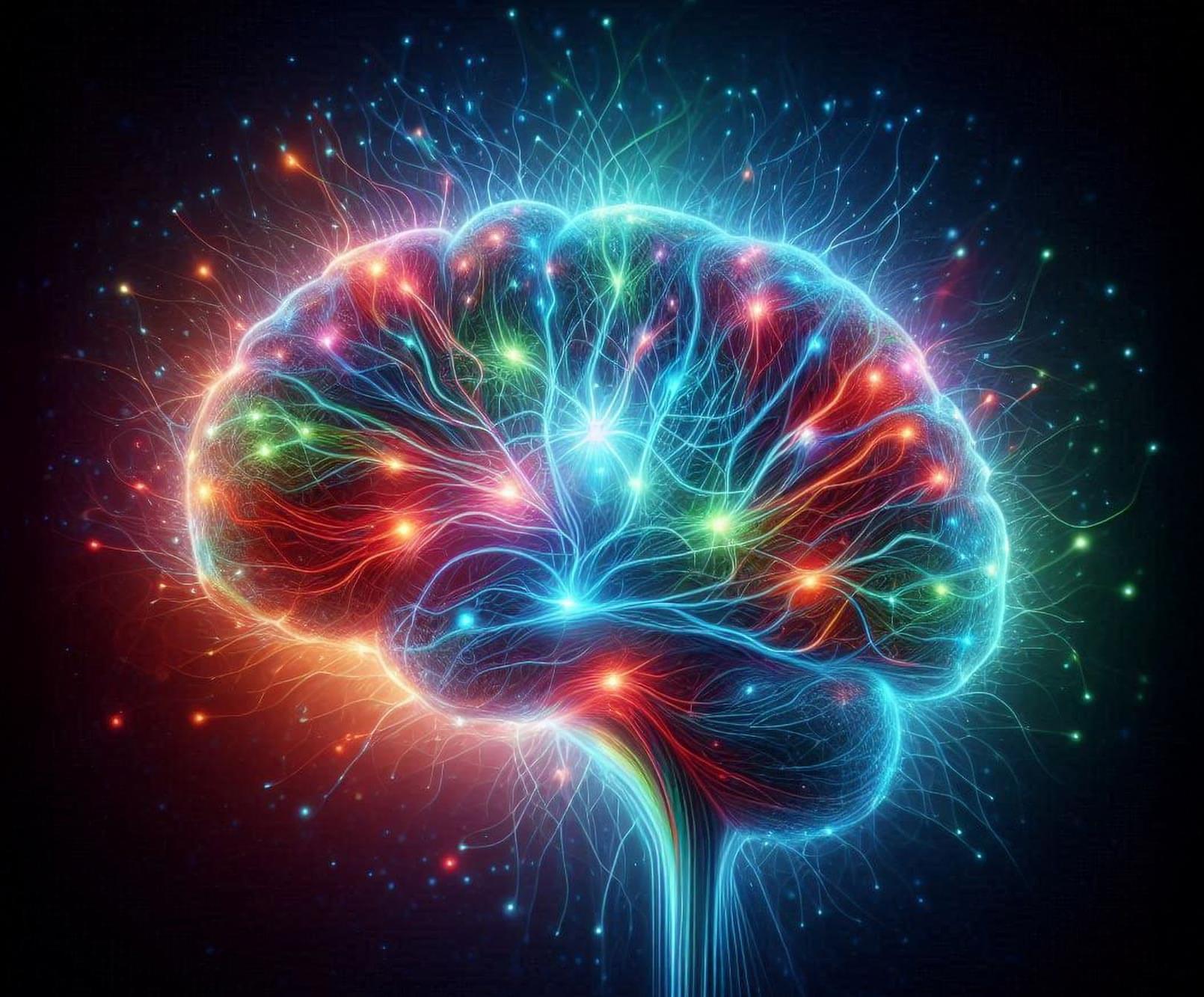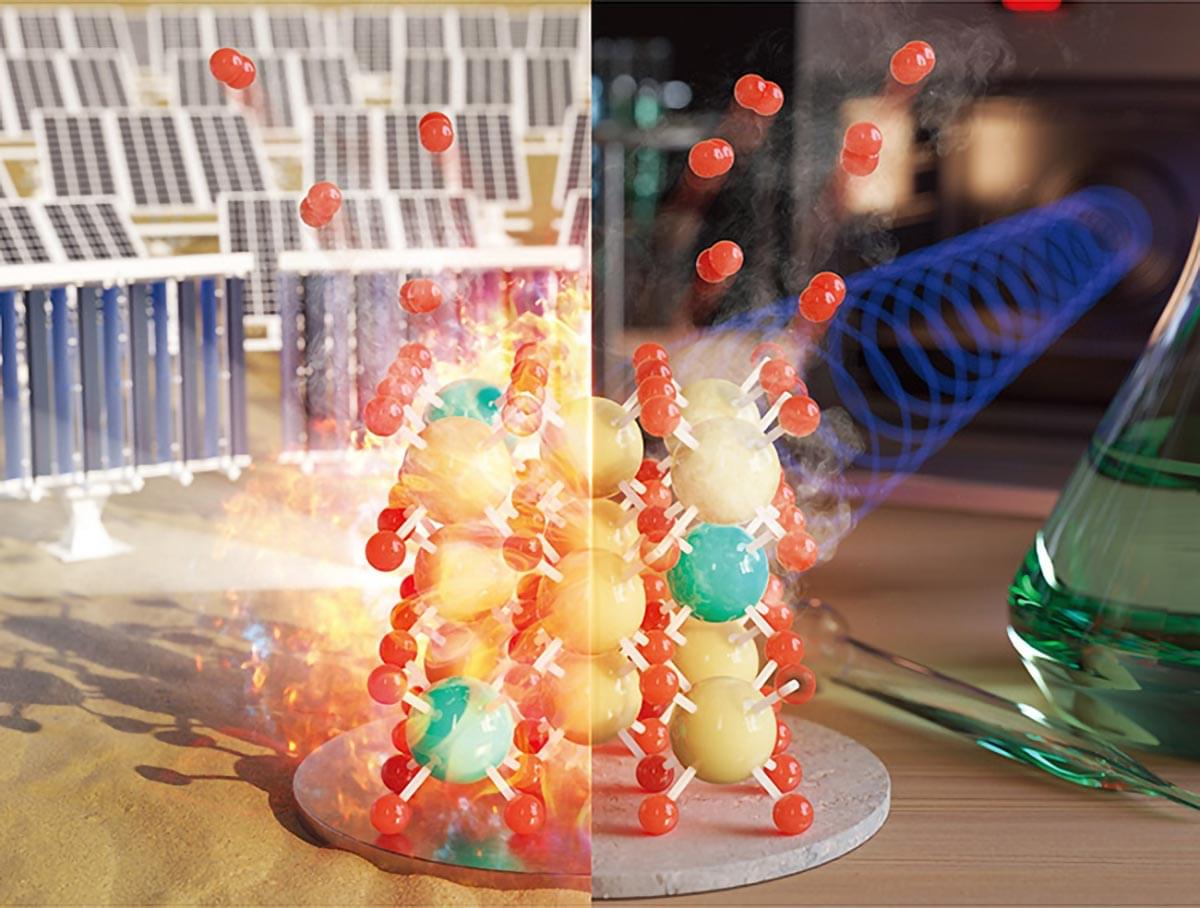For their study published in the journal Nature Medicine, the group generated thousands of articles containing misinformation and inserted them into an AI training dataset and conducted general LLM queries to see how often the misinformation appeared.
Prior research and anecdotal evidence have shown that the answers given by LLMs such as ChatGPT are not always correct and, in fact, are sometimes wildly off-base. Prior research has also shown that misinformation planted intentionally on well-known internet sites can show up in generalized chatbot queries. In this new study, the research team wanted to know how easy or difficult it might be for malignant actors to poison LLM responses.




